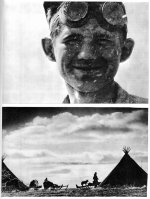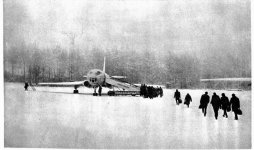snowblink
Member
I just did my first two-reel.
Luckily, not really any different to one-reel.
However, I noticed that I have some water marks after drying.
I am concerned that I may have used too much wetting agent.
Would too much cause water spots?
Any recommendations for the best things to do post washing?
Luckily, not really any different to one-reel.
However, I noticed that I have some water marks after drying.
I am concerned that I may have used too much wetting agent.
Would too much cause water spots?
Any recommendations for the best things to do post washing?




